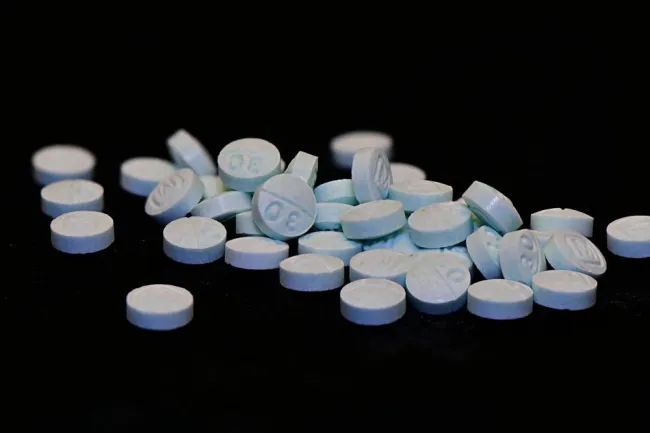Fentanyl Crisis Explained: Origins, Trafficking, and Key Terms You Need to Know
Fentanyl, a synthetic opioid that is 50–100 times more potent than morphine, has become the epicenter of the U.S. overdose crisis, causing more than 70,000 deaths annually. In this article, we explore the origins of fentanyl, its trafficking routes, and key terms such as the "fentanyl czar" and "fentanyl patch."
1. Where Does Fentanyl Come From?
China’s Role
China is the primary source of fentanyl precursors—chemicals that are necessary to produce the drug. While China strictly regulates its pharmaceutical fentanyl production (only five manufacturers are licensed as of 2023), its vast chemical industry produces unregulated intermediates. These chemicals are then shipped to Mexico, where cartels like Sinaloa and Jalisco turn them into fentanyl in underground labs.
Mexico’s Cartels
More than 90% of fentanyl seized in the U.S. is smuggled in through the southern border, primarily via legal land crossings in California and Arizona. Mexican cartels control most of the production, using their well-established logistical networks and the drug's potency—just 2 milligrams can be deadly—to evade detection.
Canada’s Minor Role
While Canada does produce some fentanyl, its contribution to U.S. trafficking is limited. In 2024, U.S. Customs seized only 43 pounds of fentanyl at the northern border, compared to 21,100 pounds from Mexico. Despite Canada’s investment of $1.3 billion in border security—including chemical detection tools—tensions over enforcement practices between the U.S. and Canada persist.
2. Where Is Fentanyl Produced?
Legal Production
Pharmaceutical fentanyl is produced under strict regulations for medical use, such as pain-relief patches. Companies like Yichang Humanwell Pharmaceutical in China supply the domestic market but do not export to the U.S.
Illicit Labs
In Mexico, cartels run small, mobile labs that can be quickly relocated to avoid detection. These labs synthesize fentanyl using precursors shipped from China.
3. The Fentanyl Patch: Medical Use vs. Abuse
Fentanyl patches (e.g., Duragesic) are prescribed for chronic pain management, but they are often diverted for illicit use:
- Methods of Abuse: Some users extract the gel from the patches to smoke, inject, or ingest. Even discarded patches contain 3.71%–75.15% of the drug, which poses a serious risk if they are scavenged.
- Regulatory Challenges: In China, hospitals are required to recycle used patches, but gaps in enforcement allow some to reach the black market.
4. The Canada-U.S. Border: A Secondary Smuggling Route
Though most fentanyl comes through Mexico, Canada also plays a role as a transit point. In 2024, U.S. Customs seized 43 pounds of fentanyl at the northern border. Canada has deployed advanced detection technology and stricter chemical oversight, but critics argue that cross-border cooperation with the U.S. remains inadequate.
5. The "Fentanyl Czar" and Law Enforcement Efforts
While no official "fentanyl czar" exists, U.S. agencies—particularly the DEA—have stepped up efforts under President Biden:
- Seizure Increases: Under Biden’s leadership, fentanyl seizures have surged dramatically. In 2024, the DEA confiscated 1.8 million counterfeit pills and 4,000 kilograms of methamphetamine in just two months.
- Social Media and Trafficking: Social media platforms have become a growing avenue for selling fake pills, prompting calls for tech companies to address this issue.
Conclusion: A Borderless Crisis
The fentanyl crisis is driven by both global supply chains and domestic demand. While Mexico and China play central roles in production and trafficking, the U.S. must address its addiction problem and strengthen international partnerships. As former DEA chief Mike Vigil warns, "Even if supply routes are cut off, demand will always find new sources."
Key Takeaways:
- Demand Drives Trafficking: Unless addiction rates in the U.S. are reduced, fentanyl trafficking will continue.
- Global Cooperation is Crucial: Unilateral policies and trade tensions could undermine the global cooperation needed to combat fentanyl trafficking.
- Harm Reduction Saves Lives: Expanding access to fentanyl test strips and naloxone is essential to prevent overdoses.
For further insights, consult DEA advisories or the Council on Foreign Relations’ reports on China’s chemical industry.
